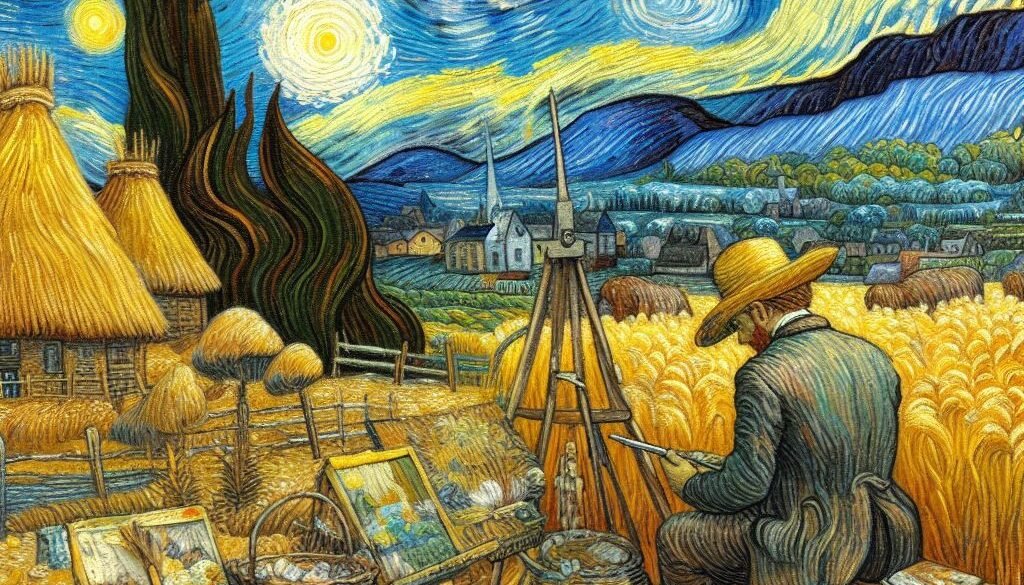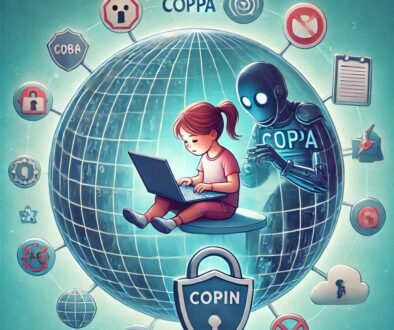Generative Adversarial Networks (GANs) are based on the idea where a generator and a discriminator network work together to improve each other.
The Generator network creates new synthetic data that resembles authentic data (like images), while the Discriminator network works towards finding out if synthetic data is good enough to fake the reality (authenticity). Iterations were made using this loop resulting in the training of both networks to generate authetic-like l data by the Generator vs better detection of synthetic data by the Discriminator.
Pros:
- Can create high quality data
- Is useful for supervised and un-supervised scenarios
- particularly strong in video and image creation
Limitations:
- Huge number of data is needed for training
- Complex and fault vulnerable training process
- Ethical issues with image creation
Application areas:
- Deepfake art
- Style recognition and transfer
- Model data for different models training




